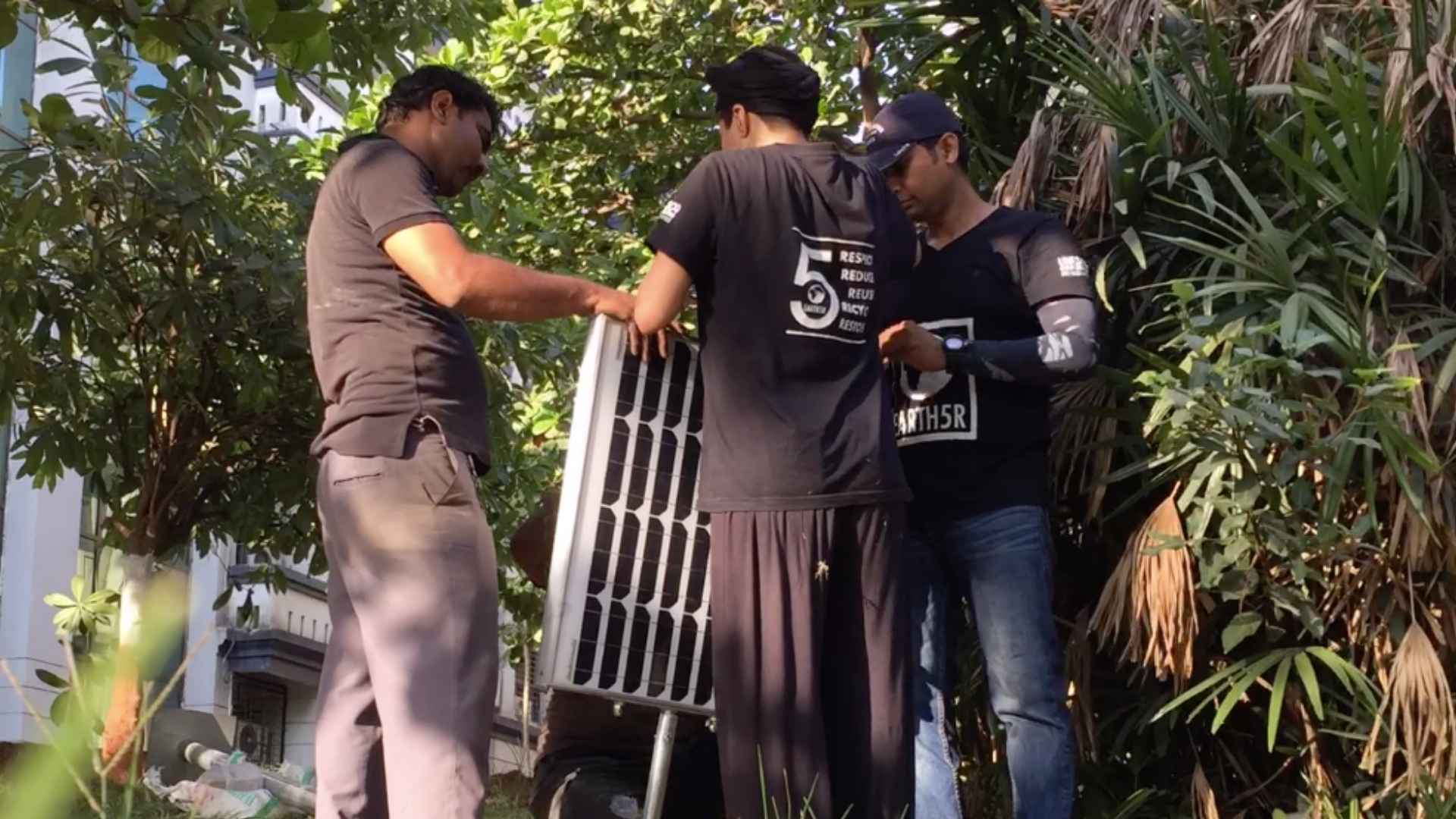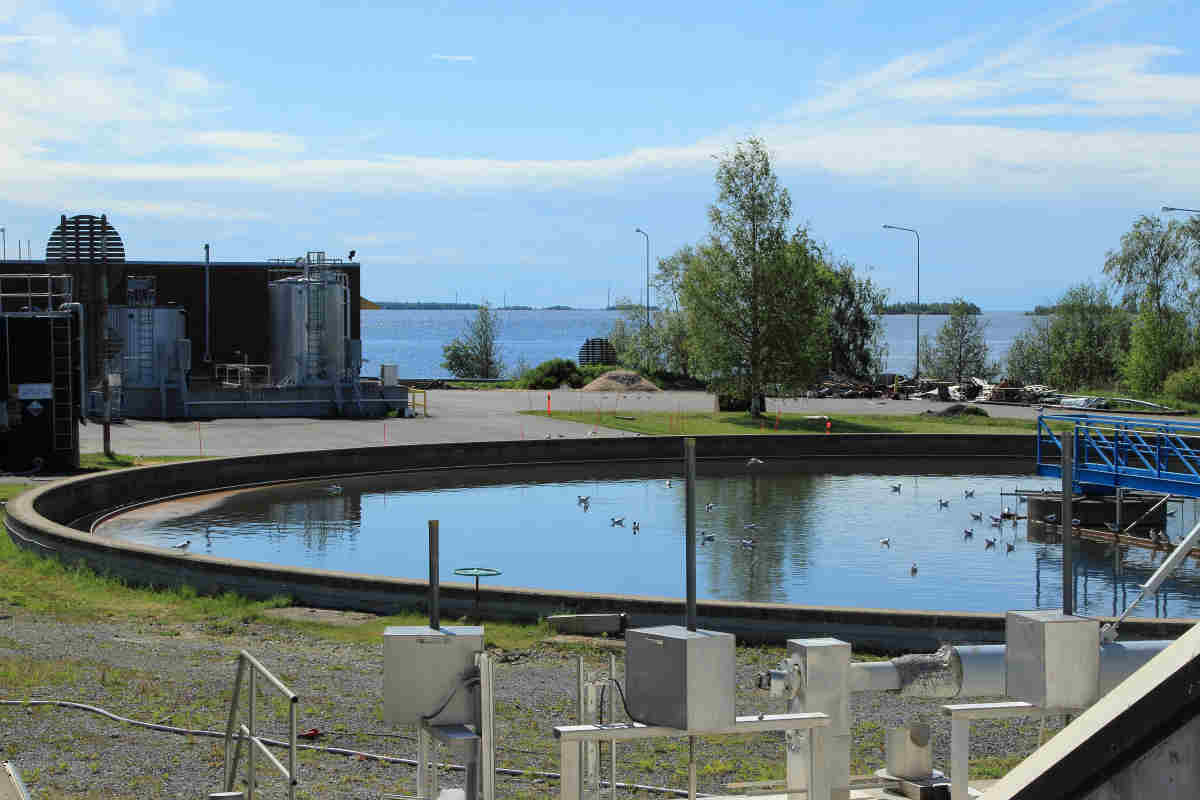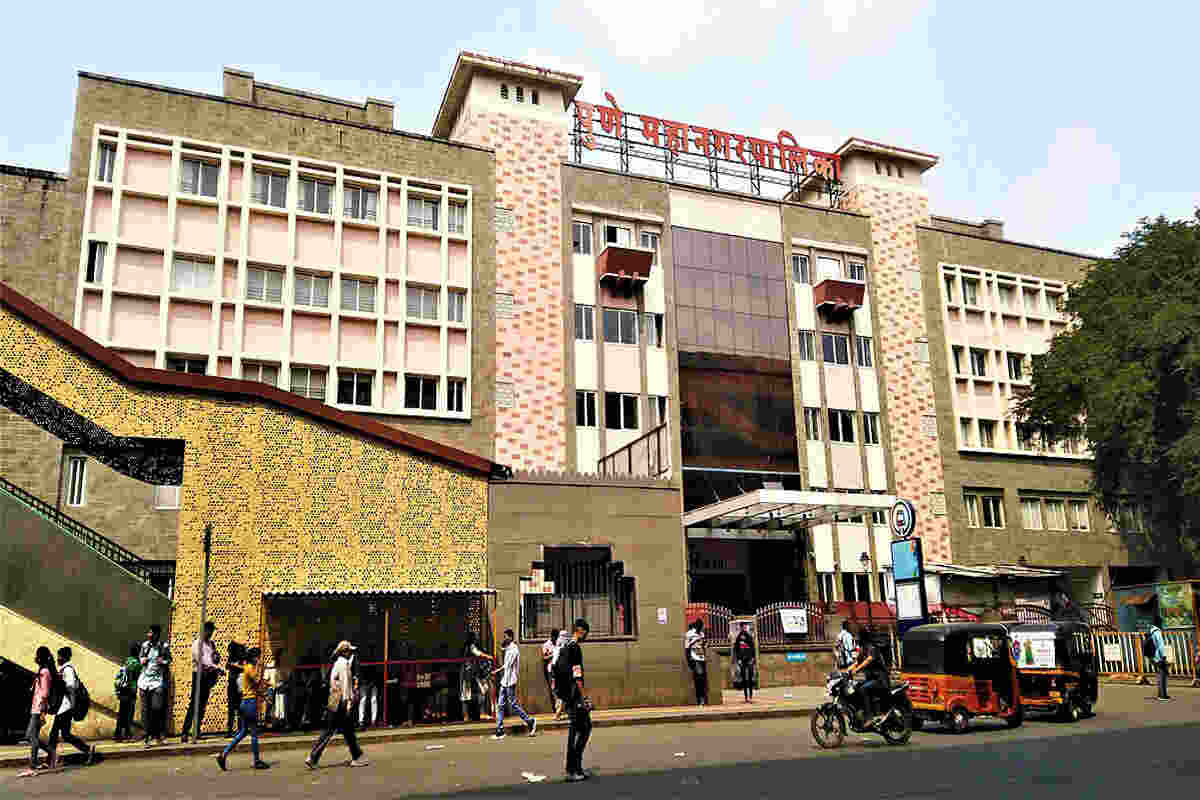Earth5R has initiated a series of solutions to India’s environmental and societal concerns. The team has been organizing various programs like the Community solar project with the help of the Earth5R App, which is available for free on Android and iPhone devices.
In Mumbai’s dense slum areas, the sun rises over the narrow lanes and a vast network of rooftops that have remained an underutilized resource for very long. Even though, the community needs a reliable source of electricity badly. These rooftops, situated within a complex urban fabric can be seen as solutions to one of the major problems of urban poverty. They thus provide access to sustainable and reliable energy sources. But now, thanks to Earth5R’s innovative Community Solar Project, these rooftops are helping to provide better living.
For 120 families in this community, access to affordable, renewable energy is no longer a distant dream. The initiative is focused on more than installing solar panels; the program will empower and sustain communities while inspiring hope where it’s needed most.
A Story of Resilience and Need
Beneath the rooftops of the slum, stories of resilience unfold daily. Mothers wake up before dawn to prepare their meals, then go to work. Children struggle to finish their homework by the dim glow of kerosene lamps at night; while individuals working in home-based industries, like handicrafts, face limitations in productivity due to insufficient power. The lack of access to electricity creates cycles of poverty, limits opportunities for economic growth, and heightens the reliance on unsustainable energy sources. Reliable access to electricity is essential to improve living conditions, promote education, and support environmentally sustainable practices.
It has taken years for them to reach this stage, all because there has been no light at night. The evening hours were completely wasted for most women, as this was usually the only time available for most women to work after performing their household chores. Children had to opt for inhaling the unhealthy smoke from kerosene lamps to study at night or entirely drop the idea of studying. They are trapped as an entire family in that vicious cycle of constraints caused by the lack of something so easily available in most urban households.
Take Shanti Devi, a mother of three and an artisan skilled in making intricate handicrafts. “I could barely make enough items during the day,” she says. “At night, I’d sit in darkness, unable to work. My children would strain their eyes under weak lanterns to finish their homework. We were losing precious hours and opportunities.”
This is where Earth5R’s Community Solar Project steps in.
Harnessing the Power of Rooftops– Community Solar Project
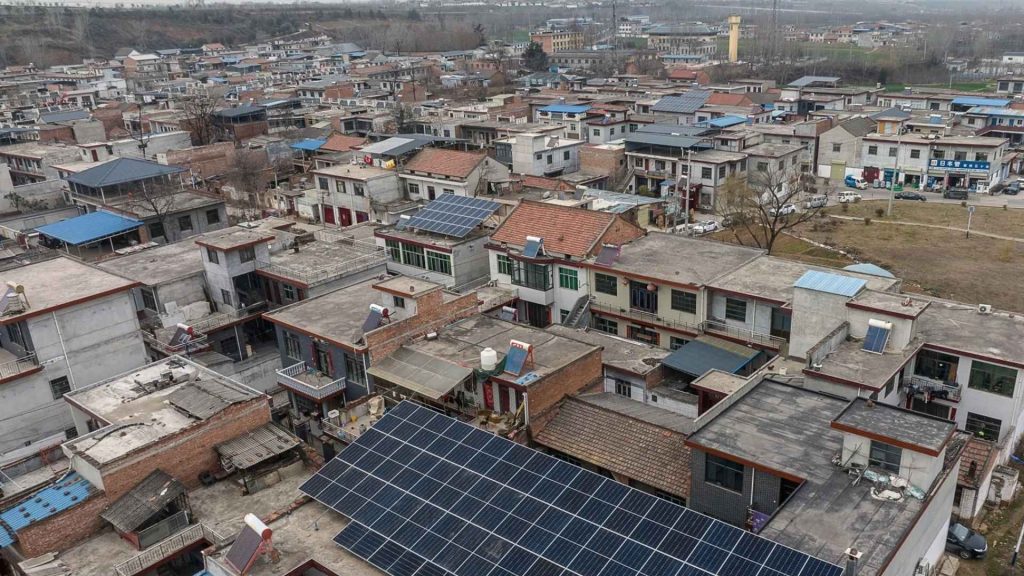
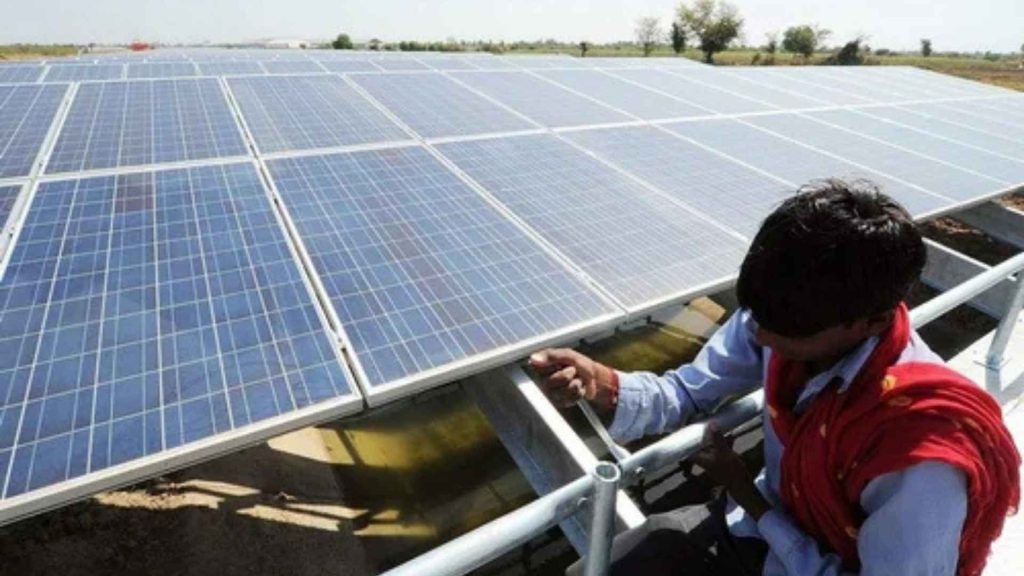


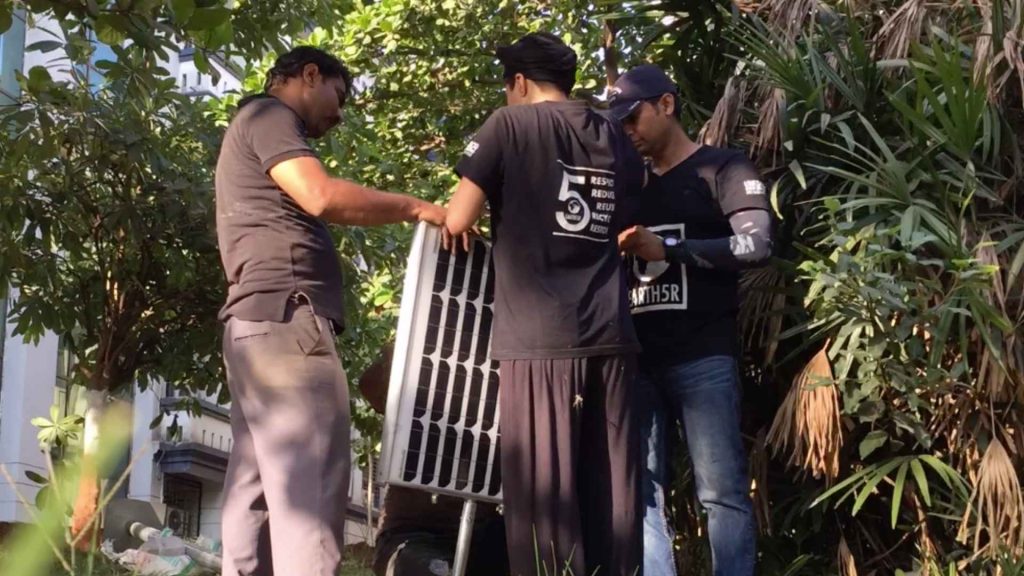
Earth5R, known for its sustainability-driven initiatives, found it an opportunity to maximize the unused rooftop spaces in this slum area. These rooftops, often ignored and underutilized, could host solar panels to generate clean, renewable energy. The idea was simple but powerful through the community solar project : installing a 250-kilowatt (kW) solar power system across these rooftops and distributing it to 120 families across the community.
The solar panels produce about 1,125 kilowatt-hours (kWh) of energy per day and have, thus, made these slum rooftops a source of empowerment.
Transformative Impact of the Community Solar Project
The community solar project has transformed the 120 families involved in it. Each household now receives approximately 281 kWh per month, enough to power basic appliances like lights, fans, and small devices, and to support cottage industries.
Here’s a snapshot of the project’s impact:
1. Empowering Women and Driving Economic Growth with the Community Solar Project
Many women in the community are skilled in producing handicrafts, sewing clothes, or preparing food for sale. But with the access to electricity, they can now:
- Work extended hours at night.
- Operate small machinery like sewing machines, mixers, or irons.
- Increase their productivity and income.
For Shanti Devi, this has been life-changing. “Now, after the children go to bed, I can work late into the night,” she says with pride. “I’ve doubled my output, and my income has increased from ₹3,000 to ₹6,000 a month.”
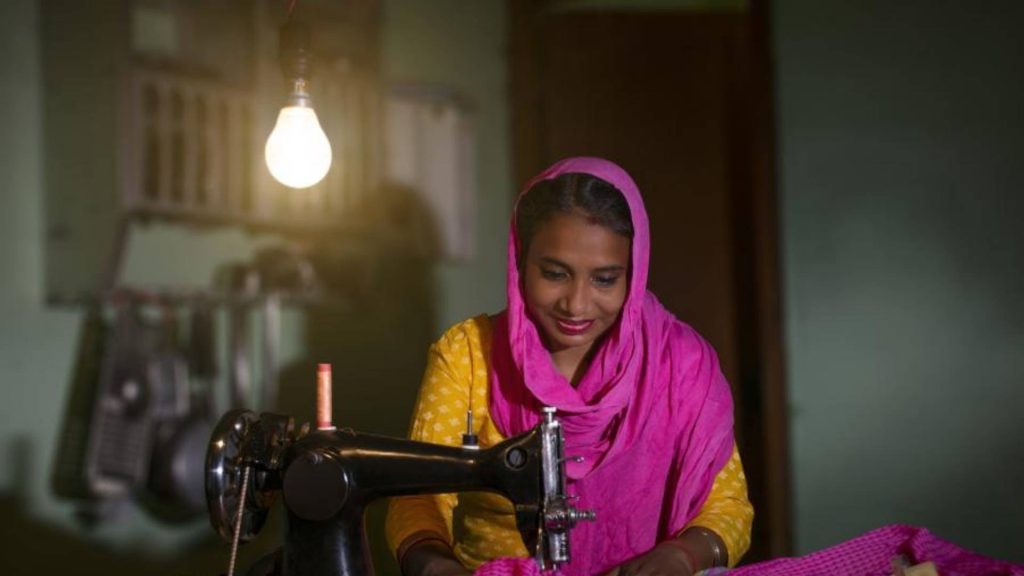
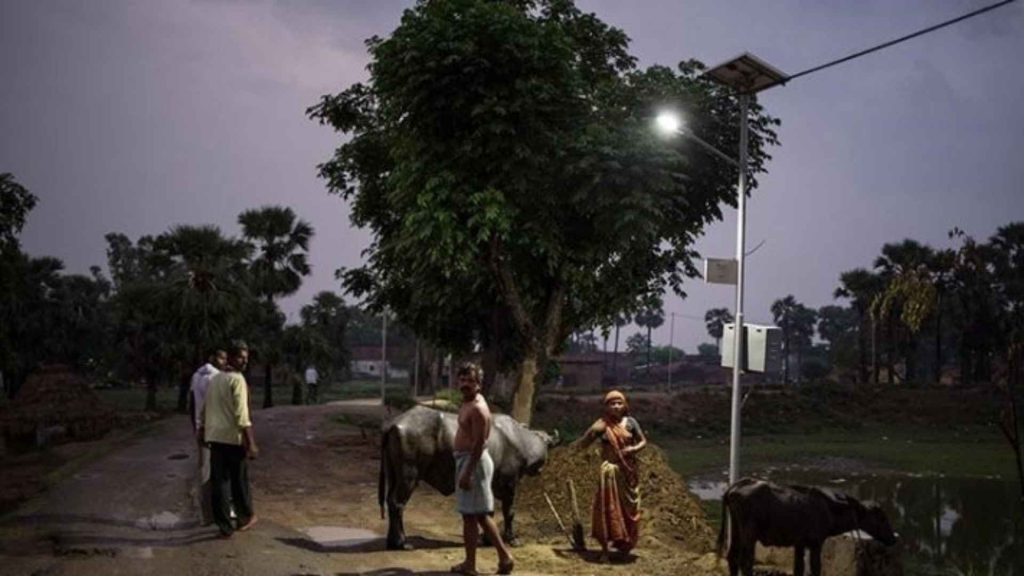
Community-Wide Economic Impact:
If every household generates an additional ₹3,000–₹5,000 per month in income due to reliable electricity, The collective monthly impact :120 families×₹4,000 (average increase)=₹4,80,000 per month.
Monthly economic contribution :120×₹4,000 = ₹4,80,000
Annual economic contribution: ₹57.6 lakhs.
2. Enabling Education and a Brighter Future with the Community Solar Project
Before the Community solar project, children like 12-year-old Ramesh Kumar struggled to study by the weak glow of kerosene lamps. “It was hard to concentrate, and the fumes made me cough,” he recalls. “Sometimes, I couldn’t finish my homework.”
Solar-powered lighting helped Ramesh and his peers now study in bright, safe environments. Their parents have noticed an improvement in their studies and the children are more enthusiastic about school.
Impact in Numbers:
With an average of 2 school-going children per family, the community solar project benefits around 240 children, ensuring a brighter future for the next generation.
3. Environmental Sustainability with the Community Solar Project
Switching to solar power in the community has significantly decreased dependency on polluting energy sources such as kerosene lamps and diesel generators. These traditional energy solutions contribute to air pollution and greenhouse gas emissions, negatively impacting both human health and the environment. With the introduction of solar energy through the community solar project, the community moves from dependence on fossil fuels toward cleaner, renewable, and sustainable alternatives, which also significantly reduces carbon footprints.
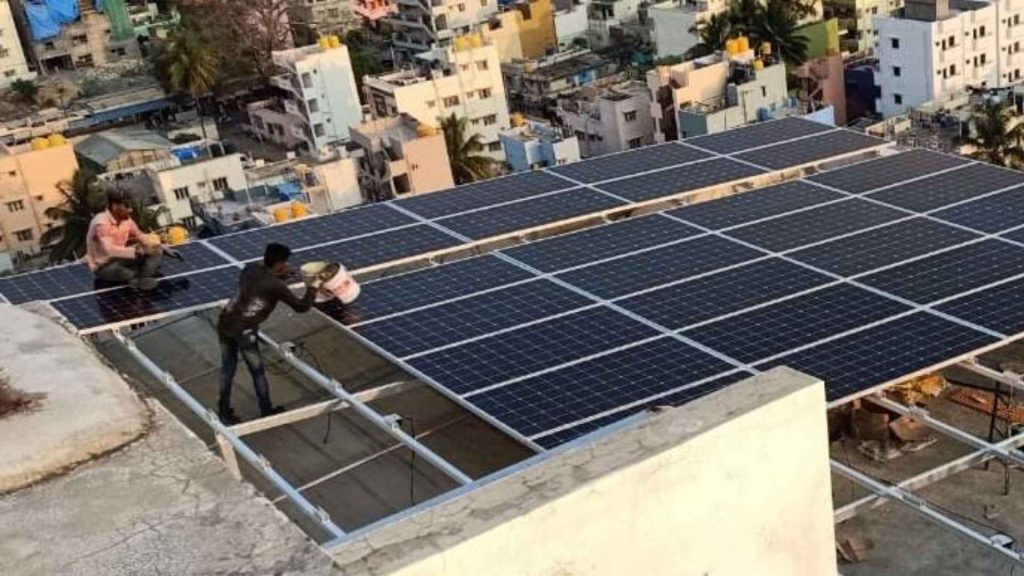



Daily Energy Generation:
The 250-kW solar installation generates approximately 1,125 kWh daily.
Annual Energy Generation:
1,125 kWh/day×365 days = 4,10,625 kWh/year.
This output reflects the scalability and effectiveness of solar power as a renewable source as a renewable energy source for urban communities.
Carbon Emissions Avoided:
Each kWh of solar energy prevents approximately 0.7 kg of CO₂ emissions. Therefore, the annual carbon savings are:
4,10,625 kWh/year×0.7 kg CO₂/kWh = 2,87,437.5 kg CO₂/year (287.44 metric tons).
This is annual reduction in CO₂ emissions equivalent to:
- Removing 62 cars from the road annually.
- Planting over 4,500 trees annually.
These numbers illustrate the environmental impact of transitioning to renewable energy, emphasizing the tangible benefits of reducing the greenhouse gas emissions on a local and global scale.
4. Financial Savings for Families improved by the Community Solar Project
Previously, families in the slum spent ₹500–₹1,000 per month on kerosene or renting diesel generators. Now, with the affordable solar energy through the community solar project, they save all that cost of expenses.
Community-Wide Savings:
Monthly savings = 120 families×₹750 (average savings)=₹90,000
Annual savings total ₹10.8 lakhs, Which could be utilised for education, healthcare, and other essentials.
A CSR Opportunity for Corporations
The Community Solar Project offers an incredible opportunity for companies to engage meaningfully with underserved communities while fulfilling their Corporate Social Responsibility (CSR) and Environmental, Social, and Governance (ESG) goals.
1. Driving Energy Equity
Corporations can co-fund or sponsor solar installations, directly addressing energy poverty and ensuring equitable access to clean energy. By investing in clean energy projects, corporations can help ensure that access to sustainable energy is not limited to privileged communities or individuals with the financial means or infrastructure for private solar installations. Instead, such collaborations actively bridge the energy gap between privileged and underserved populations.
The community model takes a step further by democratizing the access to affordable and clean energy. It removes barriers that often prevent marginalized communities from benefiting from renewable energy. By bringing solar energy to shared spaces and public infrastructure, this model ensures that clean energy becomes a shared resource, accessible to all regardless of socioeconomic status. This not only reduces energy costs for underserved populations but also empowers them to participate in the transition to a more sustainable and equitable energy future.
Example:
In Denver, Colorado, the Solar Gardens initiative allows households without rooftop access like those renters or with shaded homes, to buy into community solar farms. Participants receive credits on their energy bills for their share of the solar power generated which significantly lowers their electricity costs.
2. Enhancing ESG Ratings
By supporting renewable energy initiatives, companies can significantly boost their ESG scores. This aligns them with global sustainability standards, making them more attractive to investors, partners, and consumers.
Example:
In California, USA, tech leader Google launched the “Clean Energy for Everyone” program, investing in community solar farms to provide energy credits to low-income households. The program emphasized transparent reporting and measurable impact, showcasing Google’s commitment to responsible governance. This initiative elevated Google’s ESG ratings and cemented its leadership in corporate sustainability.
Deutsche Bank in the Republic of Senegal partnering with Salvi- Involving the supply and installation of 100,000 autonomous solar-powered smart streetlights, covering 4,000 kilometers and saving the emission of 22,500 tons of CO2 per year.The initiative not only increased the bank’s appeal to socially conscious investors but also attracted partnerships with renewable energy startups, enabling the bank to expand its sustainable finance portfolio.
In Mumbai, India, retail giant Tata Group collaborated with local NGOs to install solar rooftops in underserved communities. The project received widespread media coverage, positioning Tata as a champion of sustainability and responsible business practices. Tata leveraged its improved ESG metrics to attract green investors while boosting its reputation among environmentally conscious consumers.
3. Amplifying Brand Reputation
Participating in impactful projects like this enhances a company’s brand image as a socially responsible entity. It fosters goodwill among consumers and stakeholders, strengthening their market presence. For example:
IKEA launched its Home Solar Initiative to make solar panels more accessible and affordable for households in several countries, including India, the UK, and Germany. The program also supports solar energy projects in underserved areas, such as off-grid villages in India. By promoting solar energy as a way to empower communities, IKEA has strengthened its reputation as a sustainability-driven brand while increasing its appeal to environmentally conscious consumers.
Tesla’s Solar Roof and Powerwall installations in hurricane-affected regions, such as Puerto Rico, demonstrate the company’s dedication to using solar energy to rebuild and support communities. Tesla partnered with local organizations to install solar microgrids in schools and hospitals, ensuring uninterrupted power supply. These efforts not only showcased Tesla’s innovation but also amplified its brand reputation as a company committed to making a real-world impact through renewable energy.
Panasonic’s Off-Grid Solar Solutions in Africa and Asia have powered rural schools, medical facilities, and small businesses. One flagship project in Myanmar provided solar-powered lanterns to underserved villages, replacing kerosene lamps and improving community health and safety. These projects have enhanced Panasonic’s brand recognition as a leader in sustainable energy solutions while fostering goodwill among global stakeholders.
Schneider Electric launched its Access to Energy Program, installing solar-powered microgrids in off-grid rural areas across Africa and Southeast Asia. These projects provided clean electricity to schools, homes, and businesses, significantly improving community living conditions. Schneider Electric’s commitment to energy equity has earned it a reputation as a socially responsible leader in the renewable energy sector.
Google has consistently positioned itself as a leader in sustainability by investing in renewable energy. Its “Clean Energy for Everyone” program funds community solar farms that provide energy credits to low-income households in the United States. By integrating solar solutions into underserved communities, Google has not only enhanced its brand reputation but also solidified its commitment to being environmentally and socially responsible, earning widespread acclaim from both consumers and the media.
4. Scaling Impact Nationwide
By replicating this model in multiple slum areas, corporations can create a ripple effect of change, impacting thousands of lives while contributing to India’s renewable energy goals.
The Brooklyn Microgrid in New York is a community-based energy-sharing project where residents with solar panels on their rooftops sell surplus electricity to their neighbors. This initiative uses blockchain technology to create a decentralized energy market, ensuring equitable access to renewable energy within the community.
Energise Africa provides affordable solar home systems to families in East and West African countries such as Ghana and Zimbabwe. By partnering with local communities, the initiative offers pay-as-you-go solar systems, enabling low-income households to transition from kerosene to clean energy without upfront costs.
5. Environmental Sustainability
Community solar reduces dependency on fossil fuels and lowers greenhouse gas emissions by harnessing renewable resources. By prioritizing local energy production, these models also minimize transmission losses associated with centralized grids, making clean energy more efficient.
Example:
In Freiburg, Germany, known as the “Solar City,” community solar projects power residential neighborhoods and public buildings. The city has achieved a significant reduction in carbon emissions by relying heavily on decentralized, locally generated renewable energy.
6. Economic Empowerment
Clean energy in a community model creates economic opportunities by reducing energy costs, fostering local job creation, and supporting small-scale industries. Reliable electricity enables entrepreneurial ventures, particularly in communities where power outages or lack of access previously hindered productivity.
Example:
In Cape Town, South Africa, community solar farms supply electricity to informal settlements. Small businesses, such as sewing workshops and food stalls, have flourished with access to consistent, affordable power, improving household incomes and economic resilience.
7. Strengthening Communities
The collective nature of community solar projects fosters collaboration and shared responsibility. Residents take pride in contributing to sustainable energy production, and local participation ensures long-term project maintenance and success.
Example:
In Queensland, Australia, the Barcaldine Remote Community Solar Farm provides energy to rural households. By involving local residents in the project’s planning and operation, it has strengthened community bonds while addressing the region’s energy challenges.
8. Resilience Against Energy Crises
Community solar projects build energy resilience by decentralizing power generation. This ensures uninterrupted energy supply even during grid failures or crises, which is particularly crucial for vulnerable populations.
Example:
In Puerto Rico, following the devastation caused by Hurricane Maria, community solar initiatives have been implemented to provide stable power in disaster-prone areas. Microgrids powered by solar energy have enabled communities to rebuild stronger and withstand future storms.
9. Supporting Global Sustainability Goals
Community clean energy projects contribute directly to global efforts like the United Nations Sustainable Development Goals (SDGs). By addressing climate action (SDG 13), affordable and clean energy (SDG 7), and sustainable cities and communities (SDG 11), these initiatives align with international frameworks for a greener future.
Example:
In Dhaka, Bangladesh, solar microgrids power rural and urban slum areas, reducing reliance on diesel generators and supporting the nation’s commitments to sustainable development.
Scaling the Model: A Vision for the Future
Earth5R’s Community Solar Project in this slum is just the beginning. The model is scalable, replicable, and sustainable, with plans to:
- Expand to 50 more slum areas over the next five years.
- Empower over 5,000 families with clean energy.
- Avoid 11,500 metric tons of CO₂ emissions annually.
The community solar model is revolutionizing the way clean energy is accessed, distributed, and utilized worldwide. By pooling resources, optimizing local spaces, and decentralizing energy production, this approach addresses energy poverty, promotes sustainability, and fosters economic resilience.
For underserved communities, like the slum areas in Mumbai targeted by Earth5R’s Community Solar Project, the model offers an equitable and transformative path to renewable energy.
Here’s why the community model for clean energy is a game-changer, with examples from global cities that have successfully implemented similar projects:
How These Lessons Amplify Earth5R’s Vision
Earth5R’s Community Solar Project in Mumbai aligns with these global success stories, tailoring their benefits to the unique challenges of slum communities. By providing 120 families with reliable solar power, the initiative combines:
- Energy equity, ensuring underserved populations receive affordable electricity.
- Environmental gains, reducing emissions by over 287 metric tons annually.
- Economic empowerment, enabling women-led cottage industries to thrive.
This model doesn’t just solve immediate energy needs; it builds a foundation for sustainable, resilient communities, making it a beacon of hope for urban slums worldwide.
A New Era of Equitable Clean Energy
As the sun sets over Mumbai, the slum rooftops, once barren, now shine brightly with the promise of a better tomorrow. Shanti Devi finishes her last handicraft for the day under a solar-powered light. Her children, having completed their homework, drift off to sleep with dreams of brighter futures.
This is the power of clean energy. It’s not just about electricity – it’s about empowerment, opportunity, and hope. Earth5R’s Community Solar Project lights up lives, one rooftop at a time.
Join the Movement: Partner with Earth5R to power communities, reduce energy poverty, and create a sustainable future for all. Together, we can make a difference.

